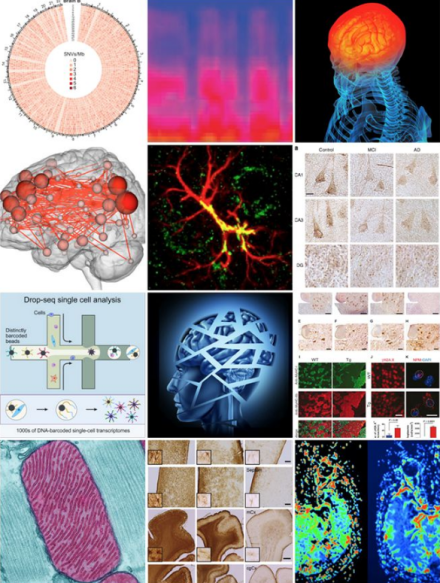For NINDS, 2015 was a year marked by the launch of innovative programs as well as the flourishing of ambitious initiatives.
To begin on a personal note, I was honored to be named the director of NINDS in June. I look forward to many years of leading the institute's efforts towards understanding how the brain makes us who we are and finding treatments for disabling disorders of the nervous system.
At NINDS we have been thinking for a number of years how to best support investigators to do even more impactful research. In an effort to allow researchers to spend more time doing excellent science in the lab, to unleash their inventiveness for discovery science, and to spend less time writing grant applications, NINDS is piloting an exciting new funding strategy called the R35 award. This award will provide $750,000 funding per year to outstanding investigators for up to eight years and is meant to support all the NINDS-related research in an investigator's lab by consolidating his or her current grant(s). The inaugural R35 awardees will be announced in 2016.
In its second full year, the BRAIN Initiative® continues to gain momentum. Throughout the year, BRAIN-funded researchers published dozens of papers that described incredible new tools and techniques for studying the brain in action and reported on advances in our understanding of the brain's function. NIH launched formal agreements to engage in BRAIN Initiative research with scientists in Australia and Canada. The BRAIN Initiative multi-council working group established a neuroethics workgroup to engage in ongoing discussions about the ethical use of the technology springing from the initiative.
NINDS also held a number of important workshops throughout the year to bring together members of the scientific community to generate new ideas for directing research and diagnosing and treating neurological disorders. In March, the Sports and Health Research Program (SHRP), a public-private partnership between NIH, the Foundation for the NIH (FNIH) and the National Football League (NFL), held a meeting attended by dozens of scientists and clinicians to review current research programs and discuss new pilot projects aimed at concussion and other sports related injuries. In May, NINDS held a workshop to address critical knowledge gaps in the diagnosis and treatment of essential tremor, the most common of the movement disorders. In June, NINDS co-sponsored a two-day Public-Private Partnership workshop to facilitate academic researchers' access to neuromodulation and recording devices for clinical studies in humans.
The year ended on a particularly high note. We learned in December that a 5.6% increase in our budget (from $1.6 billion in 2015 to $1.69 billion in 2016). This increase brings the institute's budget back to the level it was at prior to the 2012 sequester and brings our payline to the 15th percentile for the first time since the sequester.
Finally, NINDS-supported research resulted in numerous advances in the areas of basic, clinical, and translational science over the past year. We've highlighted a number of these advances in this blog post.
We look forward to an even more productive 2016 as we continue our mission of seeking fundamental knowledge about the nervous system and using that knowledge to reduce the burden of neurological disease.

